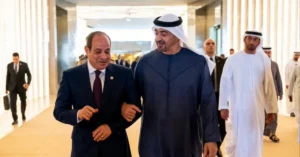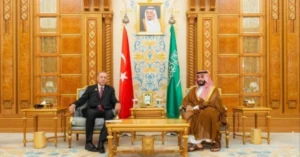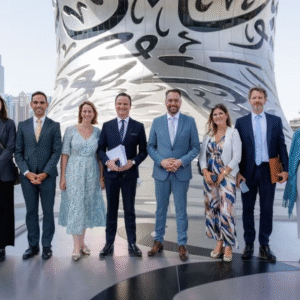In a remarkable achievement for the UAE banking sector, total capital and reserves reached an impressive Dh500 billion milestone as of July 2024. This historic figure marks a 10.5% annual growth, underscoring the robust financial health and stability of the UAE’s banking system. With national banks contributing a substantial 86.3% of this total, the sector is proving to be a crucial pillar of the UAE’s economic framework, showcasing resilience and growth that align with the country’s broader vision for economic prosperity and diversification.
The data released by the Central Bank of the UAE (CBUAE) highlights significant growth from Dh454.9 billion in July 2023 to Dh502.6 billion just a year later. This substantial increase underscores the sector’s capacity to adapt to global market challenges while continuing to thrive locally. In the first seven months of 2024 alone, the capital reserves climbed by Dh13.3 billion—a reflection of both strategic financial policies and the sector’s commitment to maintaining strong, liquid capital positions.
National banks, representing the lion’s share of this achievement, contribute Dh433.7 billion to the total reserves, reflecting a 10.4% year-on-year growth. This performance emphasizes the resilience and trust national banks hold within the UAE, strengthened further by strategic investments and policy shifts that encourage local economic growth. The UAE’s foreign banks, although contributing a smaller portion at 13.7%, also demonstrated robust growth, with their reserves rising by 11.1% to Dh68.9 billion. This growth in foreign bank reserves signals increased investor confidence in the UAE’s financial ecosystem and its openness to international partnerships.
The surpassing of Dh500 billion in total capital and reserves is more than just a financial statistic; it’s a testament to the UAE banking sector’s role in fueling national economic ambitions. As the UAE continues to position itself as a global financial hub, this capital growth not only strengthens its banking industry but also paves the way for sustained investment in other critical sectors, from technology and infrastructure to real estate and energy.









